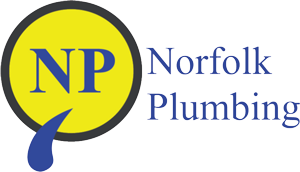The chilly winter season increases the chances of homeowners experiencing frozen pipes. Cold temperatures can stop water flow throughout interior and exterior pipes, leading to pipe bursts and water damage. Frozen pipes are one of the most costly property damages your house can take, with costs reaching upwards of $5,000. Luckily, keeping your water flowing and your pipes healthy can be as simple as a few steps.
Keep your pipes from freezing

There are multiple ways you can keep your water flowing and your wallet full this winter!
- Keep a constant drip from your faucet: with a quick twist of your sinks’ handle, you greatly decrease your risk of running into pipes bursting. The burst is caused by the pressure which builds up in the pipe; you can eliminate this worry by slightly turning your warm water on! Just make sure it is only a drip.
- Keep the heat on: the pipes which are at the greatest risk are those in unheated interior spaces. Basements, attics; these are the cold weathers’ worst enemies. By keeping your heat on during the winter, you allow the warm air to reach the pipes. Heat beats cold!
- Keep your cabinet doors open: one of the most important pipe systems in modern homes is the kitchen sink. By exposing these pipes to your house’s warm air, you greatly decrease the risk of frozen pipes.
- Use insulation: a cost-effective method of doubling down on the chances of frozen pipes. For a little more than a buck, you can buy six-feet of pipe insulation at your local home improvement store, keeping your pipes warm. A little goes a long way.
- Use heating tape: another low-cost method related to insulation is heating tape. Simply wrap a few inches of the cable around your pipes and voilà! Your pipes will receive a constant surge of heat from temperatures of 450-500 degrees. No freezing here!
My pipes are already frozen!

What do I do if my pipes are already frozen? Luckily there are a few methods to go about fixing frozen pipes.
- Turn on your hot water: this tip works to solve the problem of frozen pipes, as well as prevent them. The hot water will act as a force against the backup in addition to creating a good amount of steam for thawing.
- Be careful: never go the route of using an open heating instrument like a blowtorch to thaw your frozen pipes. It might cause more harm than good! Safety first.
- Heat beats cold: use an instrument referenced earlier, such as heating tape, to thaw the pipe. If conditions outside don’t allow travel for the purchase of said items, simple household items like a hairdryer or a hot towel can do the trick.
- Give us a call: if fixing frozen pipes by yourself is a hassle, don’t be afraid to call us. We are on standby 24/7 for emergency services.
